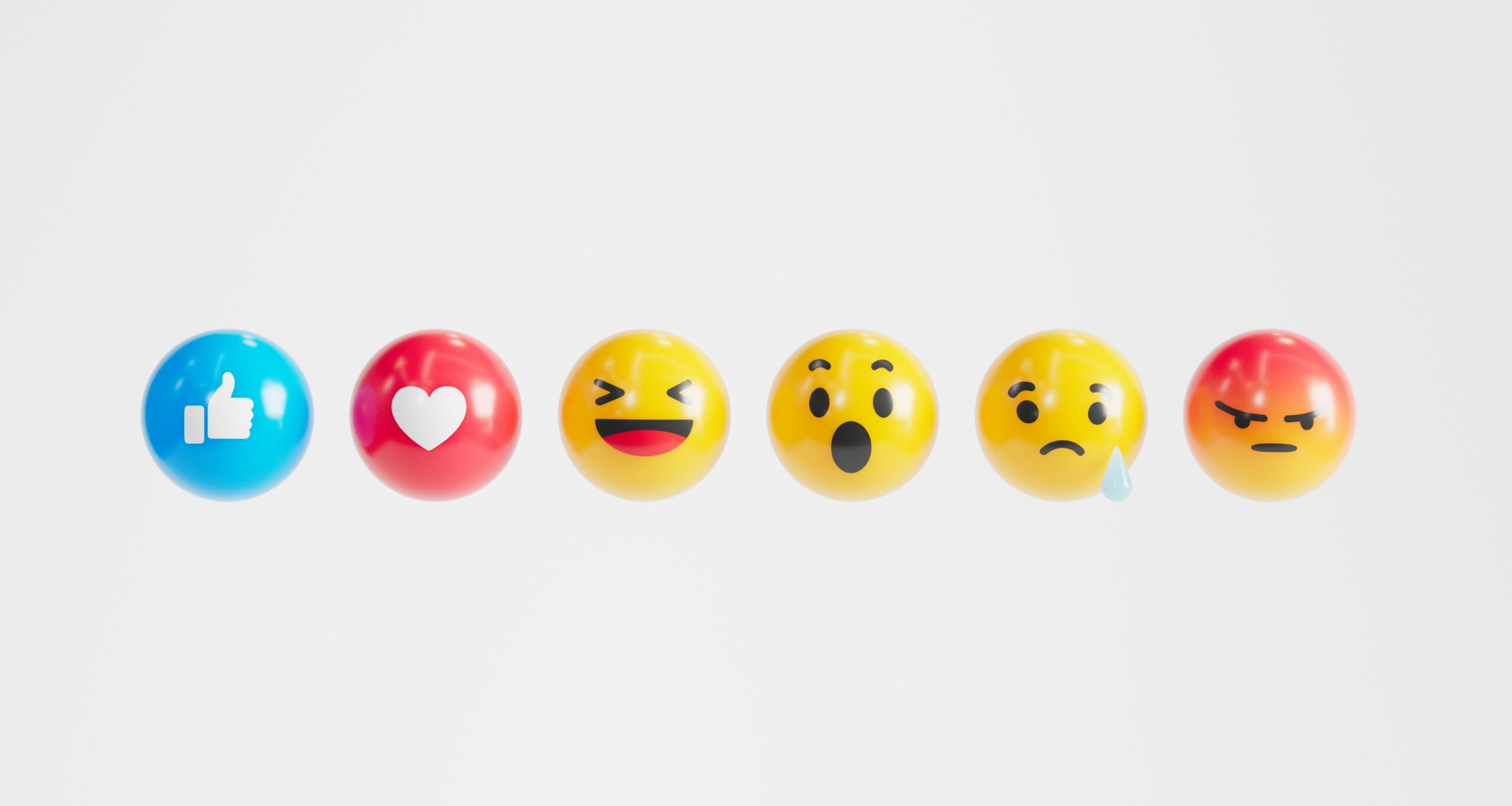In Act 1 of our series unpacking the The Life of a Showgirl release, we explored how an artificial reality game united a fractured fandom around a common goal, while using every tool in the social media toolkit to do so. In today’s article, we’ll dive deep into one of those tools in particular to understand the darker side of that community.
If you are even vaguely aware of Taylor Swift’s MO, you may know that she likes to hide “easter eggs” in her work (a term borrowed from video games). These easter eggs can be as simple as flashing a peace sign or as complex as creating a music video that contained over a hundred references for fans to find and decode.
As a result of this easter egging, the search for meaning has become a driving force for Taylor’s fandom. Each word in her Instagram post might be a hint. Every callback in a song, a puzzle laid out for you to solve. Every wink or stumbled word in her interviews, a potential fourth-wall break, begging us to see the signs. Every symbol is imbued with deeper meaning.
And the marketing for TLOAS has been chock full of ’em. From the flaming heart to the orange doors to a conspicuous TNT emoji (a reference to blowing up the music industry? A nod to her and fiancé Travis’ initials?) It’s catnip for content creators — who have been churning out new theories by the hour. And damn are they good at it.
Over the past few weeks, I’ve found myself fully convinced by online personalities that we’d get a 1am surprise drop on release night (we did not), an Eras BTS movie (still waiting on this), a double album called ‘Death of the Showgirl’ (unlikely), and the Reputation Vault Tracks (which she explicitly told us we will not). As of this writing, the rumor mill is churning with new theories as to what she’ll announce tomorrow on Good Morning America.
While this type of theorycrafting (also known as “clowning” due to how often the theories are wrong) has been around for years, one thing that’s different with TLOAS is just how prevalent, and borderline obsessive, it’s become. Let me give you this example: after becoming convinced that my sister and I had deciphered a hidden code left by Taylor in TLOAS – I desperately searched TikTok to see whether anyone else had ‘figured it out’ like we had. It took maybe 15 minutes before I started to see videos vaguely related to our theory. Within minutes of that, I started to see videos that were pretty close. And finally, an exact description of our theory – and dozens of commenters who agreed.
I shared my ‘evidence’ in the comments, receiving validation and praise confirming that I was so right. The evidence was irrefutable.
And it felt so good.
Here were people who had arrived at the same conclusion. Who had also felt that ‘things didn’t make sense’ with the album and there ‘had to be more’. People who had the answer I already knew was right.
This is, of course, exactly how people get funneled into conspiracy theories on social media. I looked longer at videos that I agreed with, and dismissively skipped over ones I didn’t. TikTok showed me what I wanted to see, which in this case was some harmless videos about why this album seems engineered to sow discord (more on that later).
After I confirmed my ‘correct’ theory, something else happened. Soon, I started to see adjacent theories that were a lot less harmless. If you know Taylor’s fanbase, you may know that she has some more controversial sub-fandoms that go deep into theories about her personal life — some of which cross the line into a violation of privacy. Pretty soon this was all I was seeing on TikTok.
And I’ll admit – some of the arguments seemed compelling at first. The logic felt pretty sound! That is, until I closed the app and thought critically about it for a few minutes and realized how unhinged (and creepy) it was. As easily as I had slid into Taylor Swift conspiracy theories, I had slipped into TS extremism – from the pedestal, right down the rabbit hole.
Stay tuned for Act III – Choose Your Own Adventure, coming soon.
Genevieve Conley Gambill is a researcher, strategist, and the creator of Tiny-Data.tech. She is also a Swiftie. Opinions here are my own and do not reflect my employers, past, present or future. This blog is made without the use of AI. Photo by Kier in Sight Archives on Unsplash.



